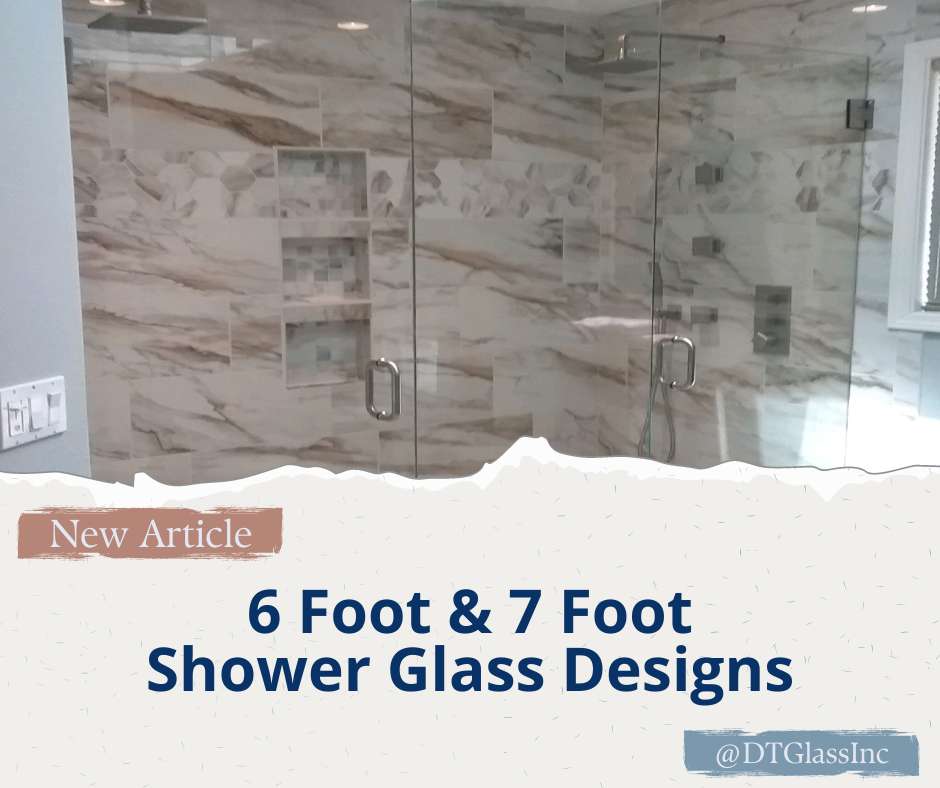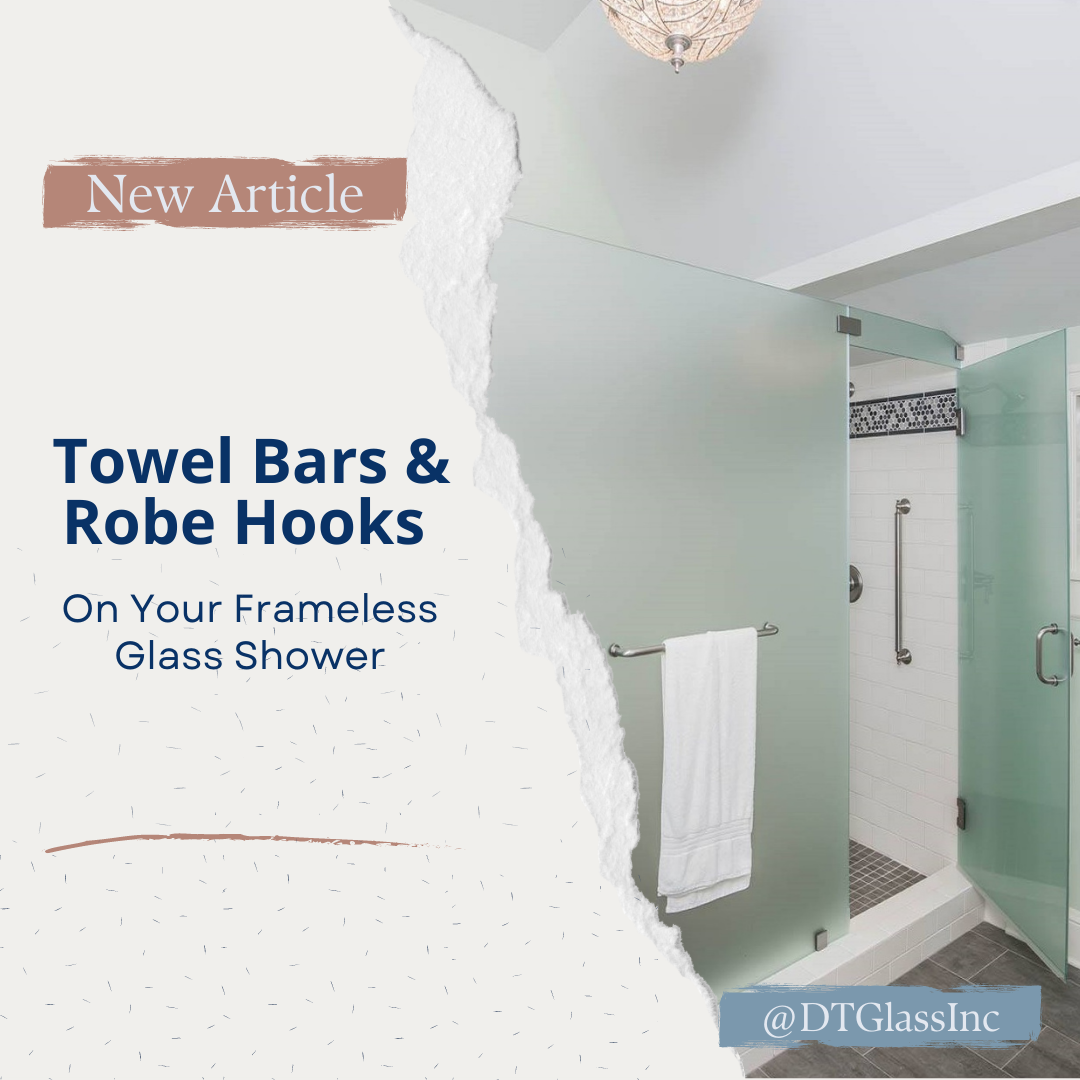
- glass@dtglassinc.com
- (503)-650-6373
GLASS WINE DISPLAYS
By Shannon Mckinney – DT Glass, Inc.
For wine lovers, wine is so much more than a beverage. People form bonds with the wine, wineries, and the people they enjoy it with. Bottles of wine aren’t consumed, they’re discovered, curated, and shared. They don’t just love the wine, they love the connection to it, and glass wine displays enhance that relationship.
The best thing about using heavy glass for wine storage is the ability to adapt it to the space. Displays can be as unique and creative as the person who envisions it. You may choose to repurpose under-utilized spaces, like the area under stairs, a closet, or part of the pantry. You can replace an existing wall with a double-sided wine display, or you can simply carve out some square footage from current living space.

Conditioned vs Unconditioned Space
Conditioned wine rooms integrate cooling and dehumidifying units to keep wine stored at optimal conditions. When proper conditioning is the highest priority, we must point out that single panes of glass, even at 3/8” or 1/2” thick, do not provide the best insulation. Glass will conduct the cold air from the wine room into the living space and the warm are from the living space into the wine room. It does still provide some insulation, but you’ll find that in wine cellars or fully enclosed conditioned units, any glass will be double paned insulated units.
Unconditioned space is certainly an option. If you’re already used to storing your bottles alongside you in a living space, there’s no requirement to include conditioning in your plans.
Materials & Hardware
When building a small display, or creating a standard size door, the glass can be 3/8” thick and installed with smaller hinges, clips, and handles. We sometimes get pushback as though it’s not good enough to use “shower door hardware” for wine rooms. From our perspective, we know that the hardware currently used to create shower doors spent years being used to install glass throughout the home. To us, the hardware has always been utilized in multiple ways.
For larger enclosures, or to create a more substantial look, we can change to 1/2” thick glass and commercial grade hardware. This combination is commonly used for retail storefronts within a mall, or to create private spaces or conference rooms in office buildings. It’s important to use 1/2” glass and sturdier hardware in very wide or very tall applications, but it can also be used simply to provide that desired look.
Another consideration for wine room walls is insulated glass units (IGU’s). IGU’s are made of two pieces of glass with air or gas in between. As discussed previously, these units provide much better insulating factors than a single panel of glass.
Door locks are an important piece of hardware to consider. In addition to keeping adults or children out of the wine supply, they also serve the purpose of latching the door. When a conditioning unit is in place, the air added by the conditioner will force the door open slightly. Letting cold air out every time you add cold air in is a very inefficient cycle to maintain.

Summary
There are a lot of pieces to incorporate in the design of a wine room. There’s the conditioning unit, glass & hardware, and finish carpentry, not to mention the actual racking or displays that will be placed in the space. It’s important to plan everything carefully in advance so you don’t head down a path only to find yourself with a lack of options due to previous choices.
When you’re ready to create your own custom wine room, we want to be part of the design team. We’re here for advance planning and to help you down the right path to enhanced wine enjoyment.




























